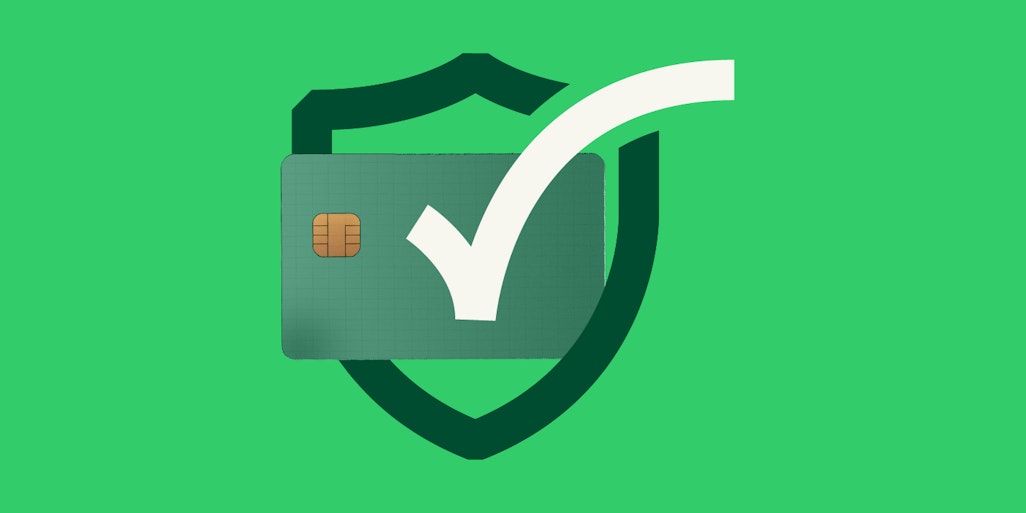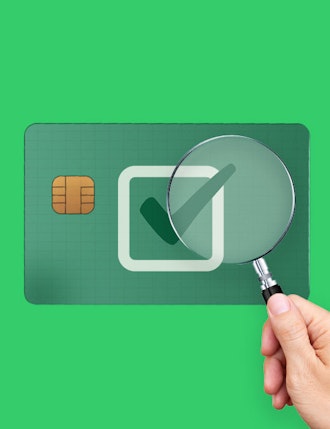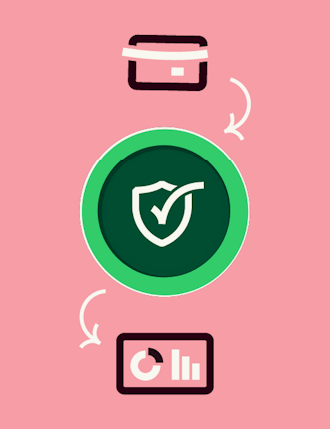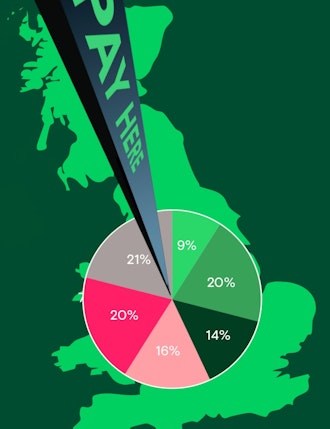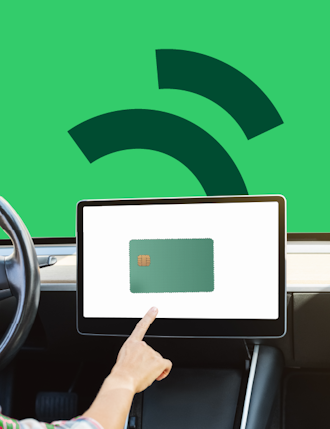Your Cardholder Data Environment (CDE) is the ecosystem where payment card data lives, moves, and is protected. Define it clearly and secure it continuously and you’ll strengthen trust, simplify PCI DSS compliance, and cut risk across your merchant network.
Key Insights
-
The most important thing to understand about a CDE is that it spans the full ecosystem of people, processes, technology, and data across your organization, your merchants, and trusted partners that handle or could affect card data.
-
A common misconception is that only systems that directly touch card data count. In reality, any connected component that can influence its security, such as remote admin, analytics, or Mobile Device Management (MDM) tools, also falls within scope.
-
A smaller, segmented CDE makes compliance easier and audits faster.
-
Layered security - isolation, access control, encryption, monitoring, and governance - scales best across merchant networks.
- Aevi’s platform helps payment enablers keep CDEs lean and auditable by managing every device and data flow from one secure control layer.
Don't have time to read more now? Sign up to our newsletter to get the latest insights directly in your inbox.
What Card Data Environment is (and why it matters to you)
The reason the CDE matters is simple: exposure is expensive. IBM’s Cost of a Data Breach 2025 Report found that the average global cost of a breach is $4.4 million, a figure that rises sharply for financial and payments organizations. For enablers managing entire merchant estates, that risk compounds quickly - impacting revenue and reputation.
And it all starts with one overlooked truth: you can’t protect what you haven’t clearly defined.
That’s what your Cardholder Data Environment is - the map that tells you where card data lives, how it moves, and who can reach it. And if that map isn’t clear, compliance, audits, and even customer trust start to blur with it.
Think of it in three layers:
- Your organization: platform services, routing and orchestration layers, token vaults, remote-access tools, and update servers.
- Your merchants: POS, SmartPOS, and SoftPOS devices, POS apps, local networks, and device-management agents.
- Your partners: acquirers, gateways, fraud tools, and cloud services - anything that can affect how card data is protected.
The most important thing to understand is that your CDE crosses all these boundaries, and a common misconception is that only systems directly handling PANs (primary account number) count. In reality, any connected component that can impact data security - a remote tool, a reporting feed, an analytics platform - is part of the picture.
Define it clearly, and you define your risk.
The people, processes and tech that hold it together
Every secure cardholder data environment rests on three foundations: people, processes, and technology. When one weakens, the entire structure becomes harder to protect.
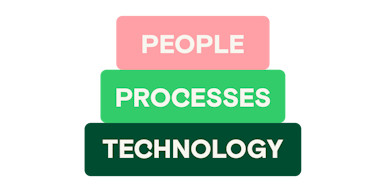
- People
Human behavior remains one of the biggest variables in data security. Access to card data often spans internal teams, merchant staff, and third-party engineers - all part of the CDE. The most resilient organizations define roles clearly and keep access rights minimal, as well as embedding security awareness into everyday culture. - Processes
Payment flows, from authorization to settlement, reveal where data lives, moves, and sometimes lingers. Mapping those flows exposes unnecessary storage points and outdated habits, such as keeping sensitive data after authorization. Regular reviews, especially after updates or product launches, help keep PCI DSS scope current and contained. - Technology
Segmentation and visibility are crucial. Keeping an inventory of in-scope systems allows teams to apply consistent safeguards, from firewalls and intrusion detection to encryption and endpoint hardening. Strong programs treat connected components like admin portals or monitoring tools as part of the same security picture, (not as exceptions).
With the core elements in view, the next question is how to protect this environment at scale, consistently, and across every merchant and channel…
Building CDE protection that scales
Merchant ecosystems evolve constantly: new endpoints appear and partners change, not to mention services connecting in unexpected ways. In resilient programs, the CDE stays consistent even as everything around it moves. That consistency usually comes from a few recurring patterns:
- Isolation as the baseline. Mature setups keep payment components in well-defined network segments, with only necessary pathways exposed. The effect is a smaller blast radius and clearer evidence for PCI DSS.
- Access that narrows over time. Least-privilege models, multi-factor checks, and short-lived elevation reduce credential risk. Over the long run, dormant accounts tend to disappear rather than accumulate.
- Protection that travels with the data. Encryption in motion and at rest is expected; tokenization removes most PAN touchpoints entirely. Key management becomes an auditable process, not an occasional task.
- Visibility that shortens detection. Centralized logs, anomaly signals, and periodic testing (from scans to pen tests) bring issues to light earlier, which is where cost curves bend in the right direction.
- Governance in the everyday. Teams align PCI DSS controls with routine workflows. When systems or partners change, scope and diagrams are updated as a matter of course, not as a special project.
"At Aevi, we design on the assumption that every component belongs in the CDE. That choice simplifies our world, not complicates it. It means a single, consistent security perimeter, cleaner data flows, and a platform that scales without juggling PCI zones. We might audit more, but we build once and build right."
Eddie Johnson, CTO, Aevi
Once protection behaves like a single, steady system, the natural next lever is scope. Smaller scope simplifies proof, reduces cost, and strengthens trust, (which is where we turn next).
By shrinking ‘scope’, you strengthen trust
Every Cardholder Data Environment has a defined scope, i.e. the set of systems, people, and processes that fall under PCI DSS because they store, process, transmit, or can influence the security of cardholder data.
To help understand this, here’s a brief explainer: If something can see, move, or influence payment-card data, it’s in scope. If it can’t (because it’s isolated, tokenized, or completely separated) it’s out of scope.
For payment enablers, scope determines the size of the security and compliance challenge. A broader scope means more systems to monitor and evidence to collect, and more complexity to prove. A smaller scope means less friction, lower audit cost, and fewer moving parts.
That’s why reducing scope is more of a confidence strategy opposed to a compliance one. The payment enablers that manage it best tend to share common patterns:
- Tokenization replaces real card numbers with secure tokens that carry no exploitable value, moving most systems outside PCI DSS scope entirely.
- Encryption keeps what remains safe, ensuring data is unreadable even if intercepted.
- Outsourcing card capture, routing, and storage to PCI-validated providers moves responsibility to trusted partners while maintaining oversight.
Centralizing endpoint management across merchant estates brings consistency - the biggest driver of reduced scope. When systems are standardized and policies flow through a single platform, the CDE boundary becomes clearer and easier to prove.
Smaller scope, in essence, means sharper visibility. And with sharper visibility comes stronger trust for regulators, for partners, and for merchants who depend on secure payments every day.
Why a clear CDE is the foundation of future-ready payments
A well-defined, well-protected Cardholder Data Environment does two things: it satisfies PCI DSS and it sets the stage for what comes next. As payments evolve beyond cards to include wallets, tokens, and embedded finance, the same principle holds: data trust depends on data clarity.
For payment enablers, a clear CDE means visibility, agility, and credibility - the ability to launch new payment methods without widening risk, to onboard merchants faster, and to prove security with confidence.
That’s why the conversation around the CDE is shifting toward reducing scope and designing an architecture that can scale securely.
A secure CDE becomes the blueprint for everything that follows - omnichannel integration, intelligent payment routing across different payment rails, and compliance automation.
And that’s where Aevi’s orchestration comes in…
Aevi helps payment enablers move toward this future by unifying endpoint, device, and data management across every POS, SmartPOS, and SoftPOS connection via in-person payment orchestration. One environment. One standard. One clear view of every payment touchpoint.
Or, to put it poetically, when clarity replaces complexity, compliance becomes continuity…and that’s what every modern payment network needs - a foundation strong enough to evolve without compromise.
Ready to simplify and future-proof your CDE? Let’s talk about how Aevi helps you protect every payment, everywhere.
Interested in reading more around this subject? Here are some useful articles…
